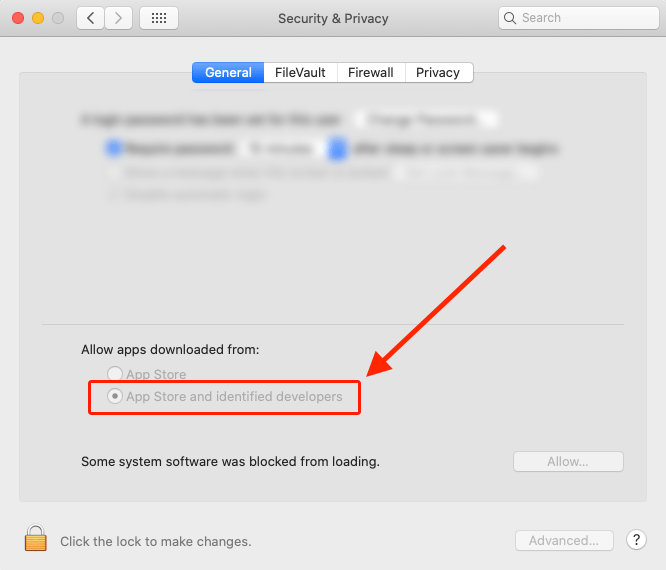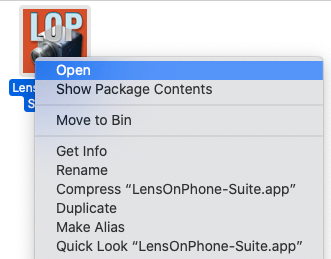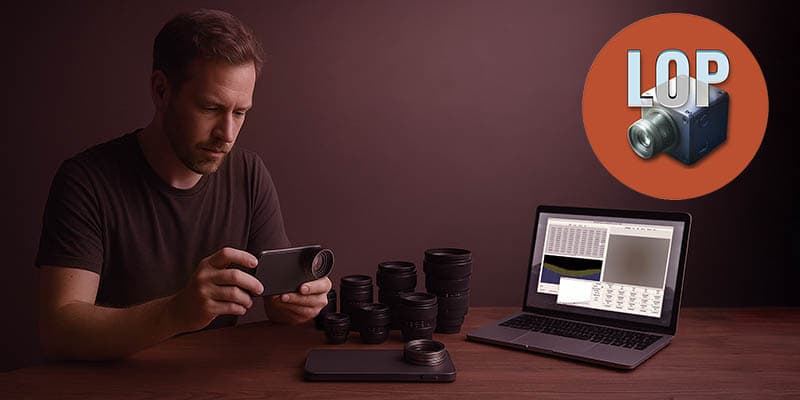Parameter Parser API
30 seconds to get low level access to camera configuration
Open source elements
Custom Plugins
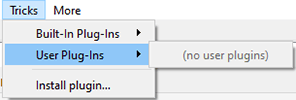
Users can use I/O methods to write their own plugins, compile them, add them to ParaParser Tricks, and then use them in the main application.
Download CodeCustom Dictionary Creator
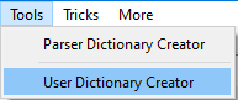
Use the Dictionary Creator to build rules for parsing binary data and converting it into a human-friendly text format. The resulting *.Qdict files can then be used with Dictionary Parsers or plugins to decode data from individual modules or large batches of thousands of modules.
Custom Dictionary Parsers

A user-defined Dictionary Parser automatically overrides the software's built-in one.
And all of this comes as a part of Lens On Phone - Suite

API Parameter Parser is a creative lab for camera engineers.
It opens QTI/Chromatix libraries, reads them like a book, lays the driver out into clear chapters, and gives you tools to gently rewrite the plot: from choosing the right library and surgical patching to batch processing, dictionary-based parameter decoding, and plugins that can implement any workflow. Transparent, reproducible, and respectful to the hardware.
“About the Project”
IDEA:
API Parameter Parser was born from a simple desire: to return full control of the camera to the user.
We carefully reveal what’s usually sealed deep inside Chromatix/drivers—parameters, tables, curves—and translate it into a clear language. From there it’s up to you: understand, adjust, extend, assemble back, and see how the camera behaves in a new way.
What this opens?
• Freedom of choice: open any library or a specific Chromatix driver; work surgically or in batches.
• Structural insight: auto-formatted parameter trees turn a binary file into something human-readable; complex blocks stop being “magic.”
• Gentle patching: change only what’s needed—with integrity checks.
• Dictionaries & reproducibility: a shared parameter dictionary turns binary work into a craft—results are stable, diffs are clean.
• Plugins without ceilings: the open API lets you add your own reader, transformer, or exporter—from quick hacks to serious modules.
Key capabilities:
• API Control — a unified control panel: select libraries, open and save processing projects.
• Extractor/Replacer — precision parameter surgery: pull out, modify, and put back.
• Dictionary & Dictionary Creator — the project’s common language: create and share dictionaries, lock field names and types.
• Parser by Dictionary — deterministic parsing: one schema → the same readable results every time.
• Hex + Context — a convenient “eye” into the binary: from bytes to meaning.
• Autoformat Tree / Rows Export / Batch Export-Import — built-in plugins for humans and machines, including CSV/tabular data for research pipelines.
How people use it
Pick a library/driver → Recognize structure with the parser → Analyze tables (LSC, AWB, noise, focus, etc.) → Modify the needed nodes (from curve points to whole blocks) → Rebuild with checksum verification → Test on the device.
Who it’s for
• Developers and researchers of ISP/camera stacks;
• Enthusiasts of mobile optics and image tuning;
• Teams that value transparency and reproducibility.
What makes it special
• Open architecture: plugin API (reader/transformer/writer/hooks)—add support for new formats, signatures, and exporters.
• Project culture: we value care. Not “breaking,” but craft-level tuning.
Ethical note
The project is intended for working with your own devices/libraries and within the bounds of the law. Respect licenses, copyrights, and vendor restrictions.
Goal
API Parameter Parser is more than a tool—it’s a stage for ideas. Add your plugins, share dictionaries, propose export formats and new scenarios. The broader our shared knowledge, the more naturally the camera speaks to us—and the more beautiful the image becomes.
